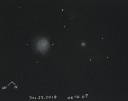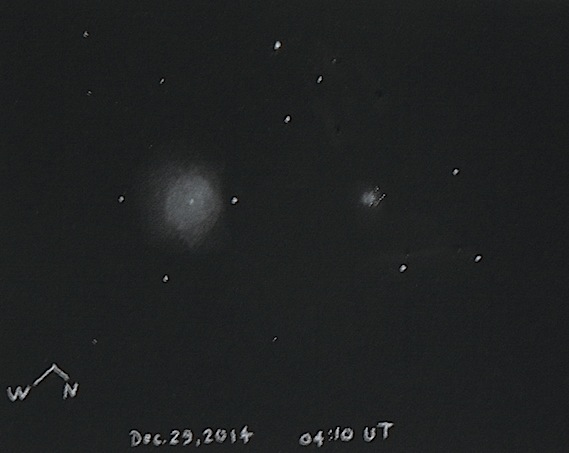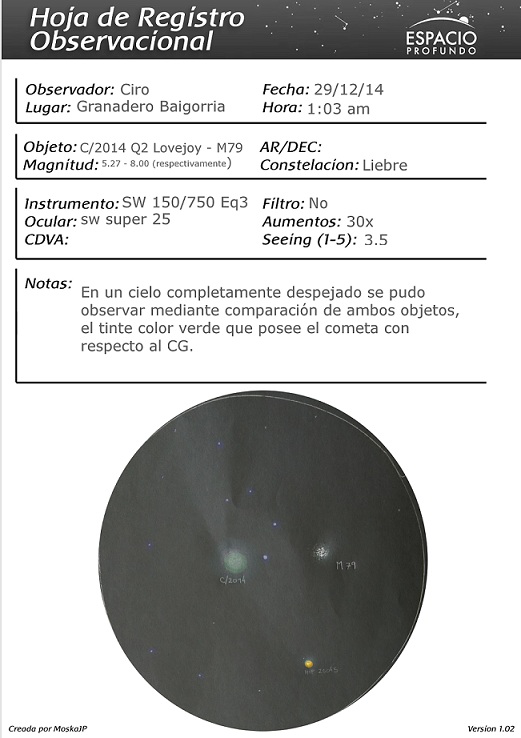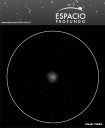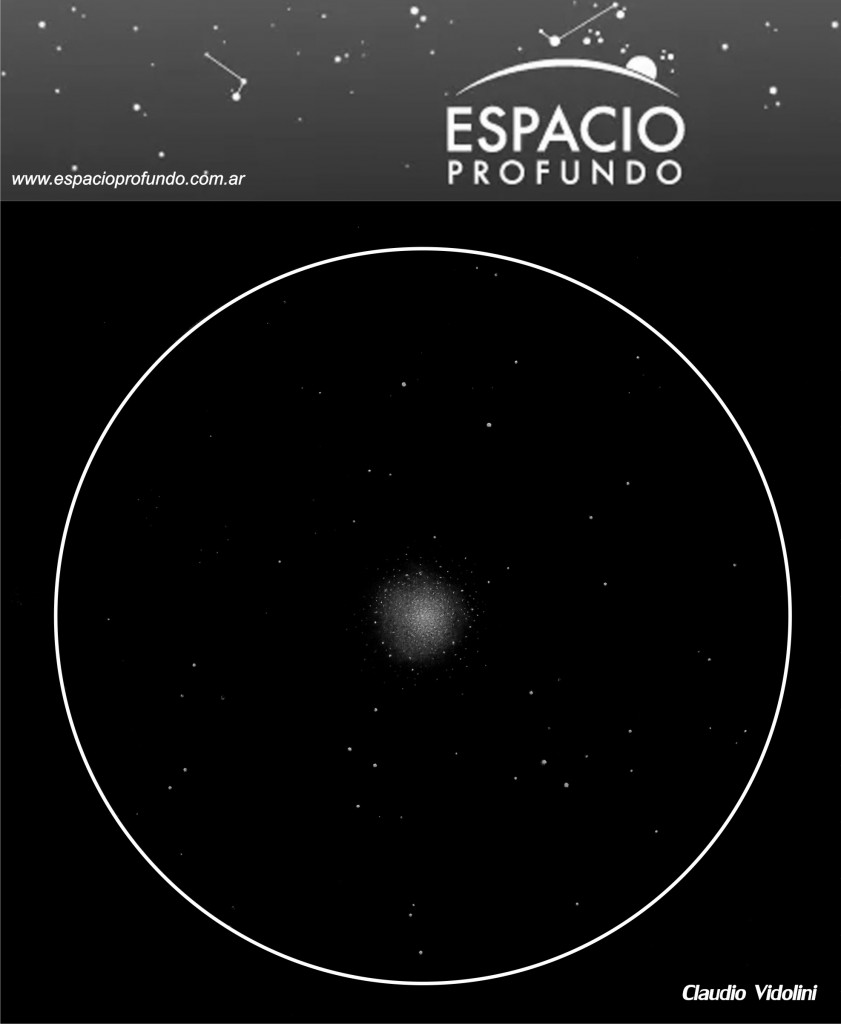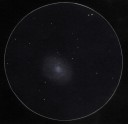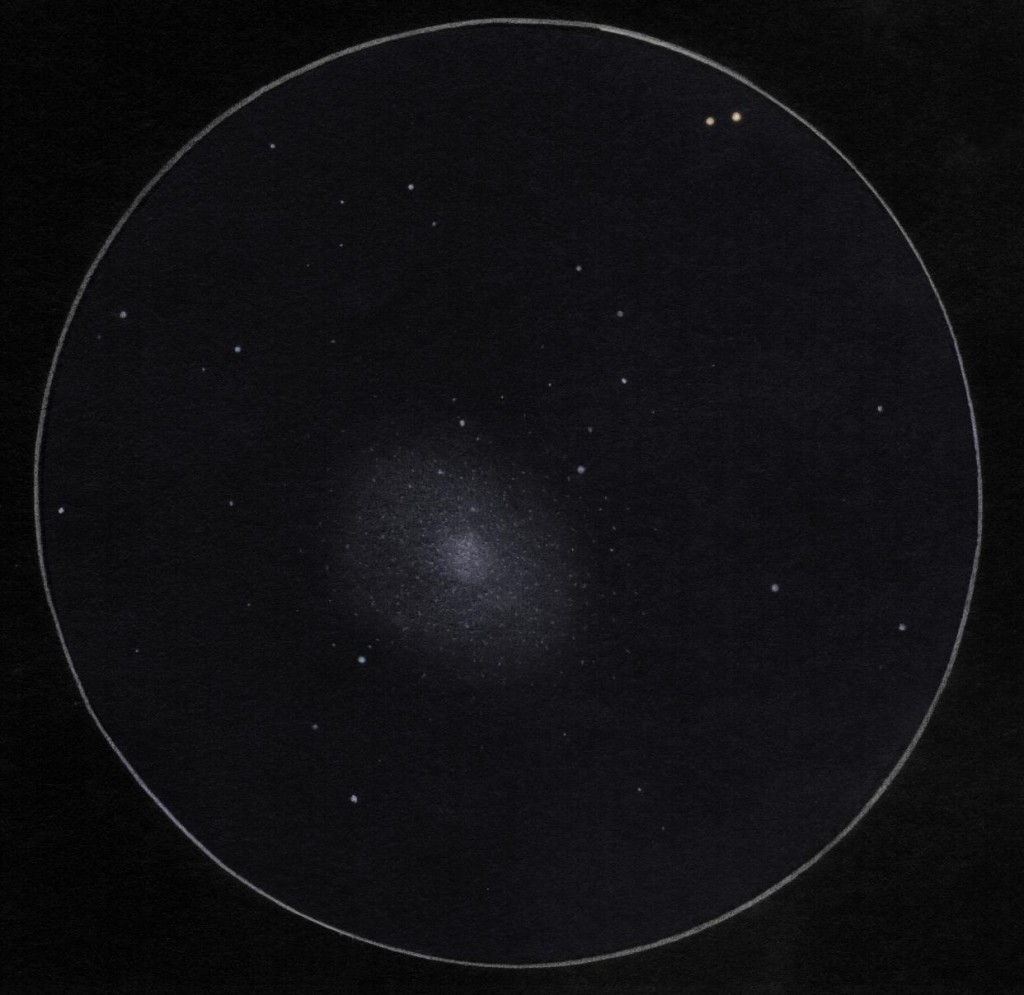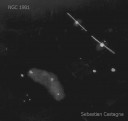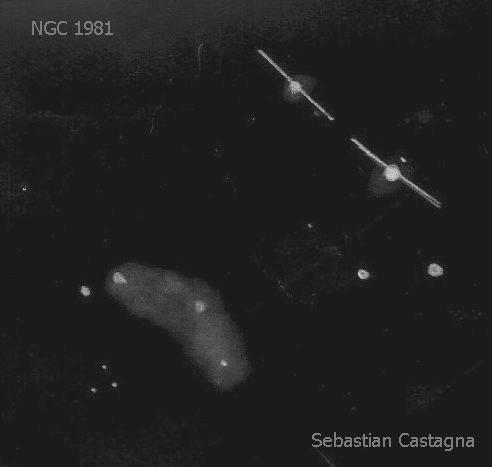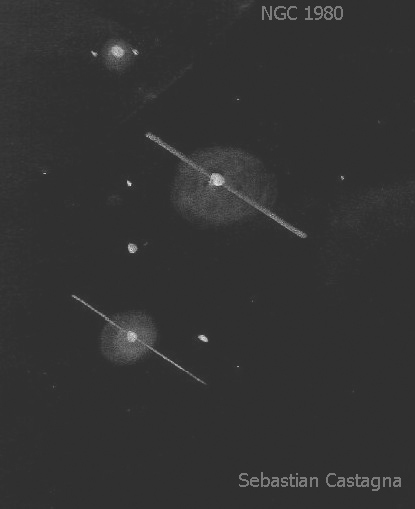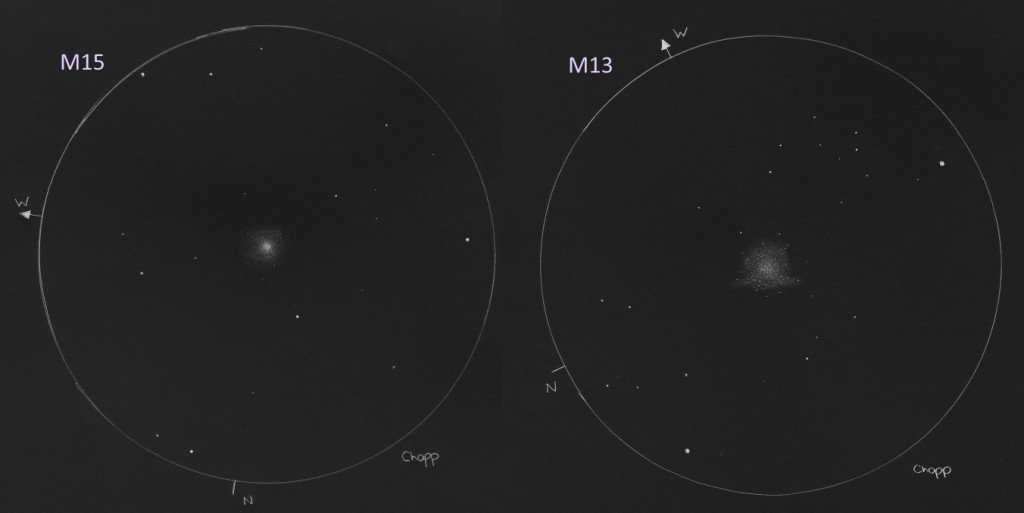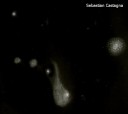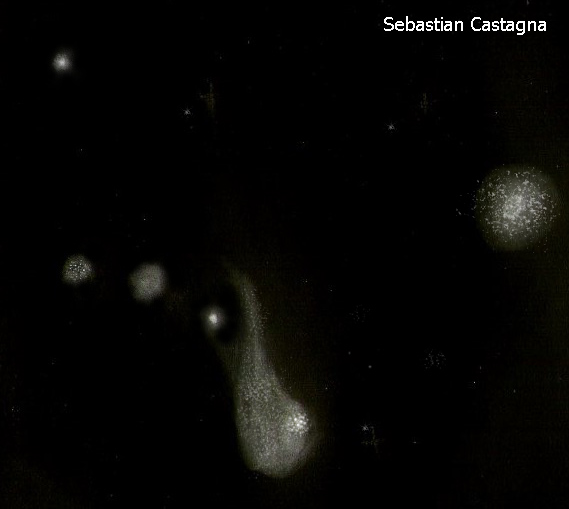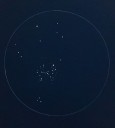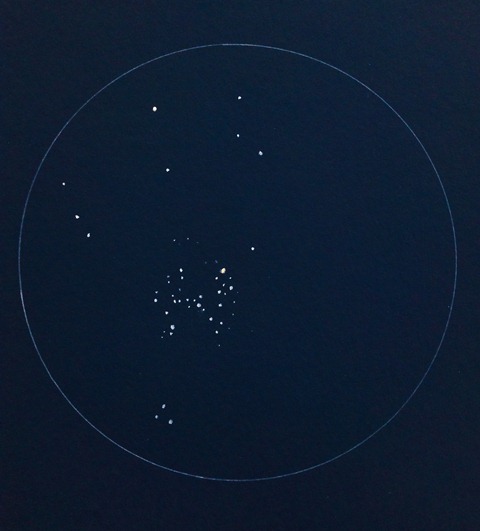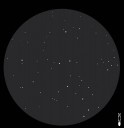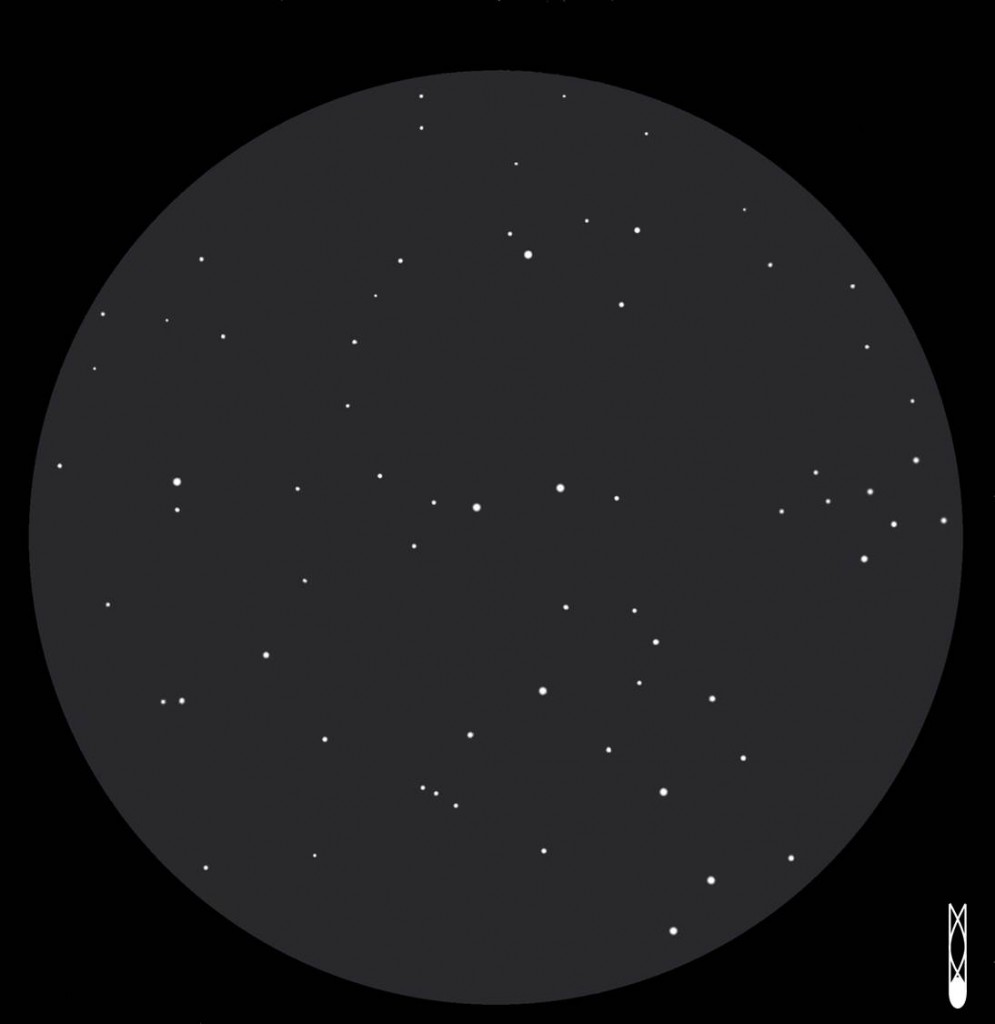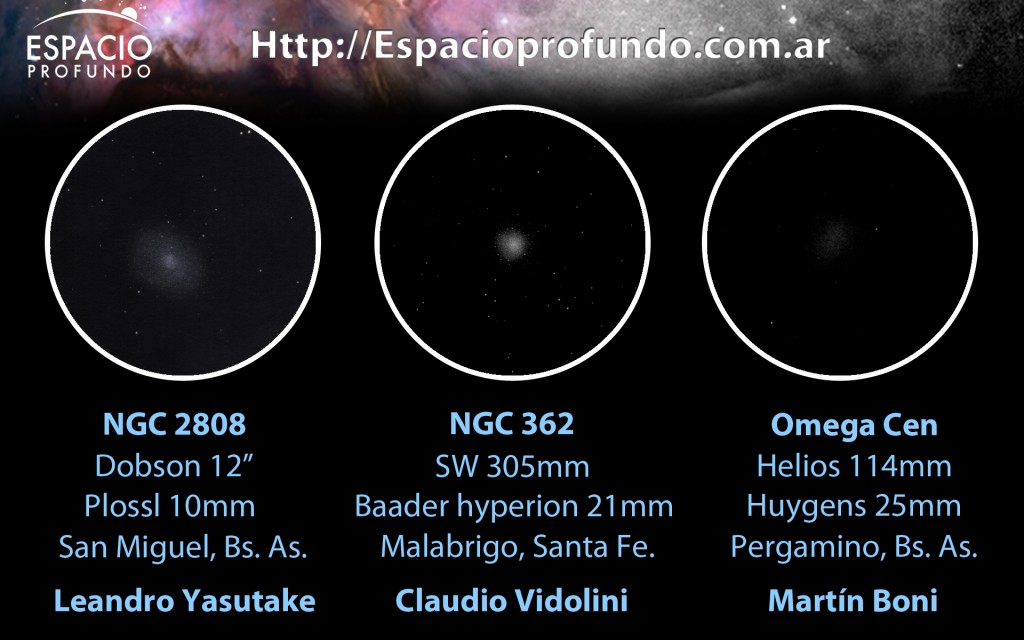
This is an internal challenge the forum espacioprofundo.com.ar , astronomical section drawing, in which it was proposed to draw a globular cluster choice and these are the results. The credit of this picture is for Leandro Yasutake, Claudio Vidolini and Martin Boni, and we are representing espacioprofundo.com .
The three drawings were made in different parts of Argentina. The first (NGC 2808) was held in San Miguel, Buenos Aires. The second (NGC 362) in Malabrigo, Santa Fe; and the third (Omega Cen) in the town of Pergamino, Buenos Aires.
Equipment Used:
NGC 2808:
Telescope: Dobson 12 “.
Ocular: Plossl 10mm.
NGC 362:
Telescope: SW 305mm.
Ocular: Baader Hyperion 21mm.
Omega Cen:
Telescope: Helios 114/900.
Ocular: Huygens 25mm.
Este es un desafío interno del foro espacioprofundo.com.ar, de la sección de dibujo astronómico, en el que se planteó dibujar un cúmulo globular a elección y estos son los resultados. El crédito de esta imagen es para Leandro Yasutake, Claudio Vidolini y Martín Boni, y estamos en representación de espacioprofundo.com.
Los tres dibujos fueron realizados en lugares diferentes de Argentina. El primero (NGC 2808) se realizó en San Miguel, Buenos Aires. El segundo (NGC 362) en Malabrigo, Santa Fe; y el tercero (Omega Cen) en la localidad de Pergamino, Buenos Aires.
Equipos Utilizados:
NGC 2808:
Telescopio: Dobson 12”.
Ocular: Plossl 10mm.
NGC 362:
Telescopio: SW 305mm.
Ocular: Baader Hyperion 21mm.
Omega Cen:
Telescopio: Helios 114/900.
Ocular: Huygens 25mm.

